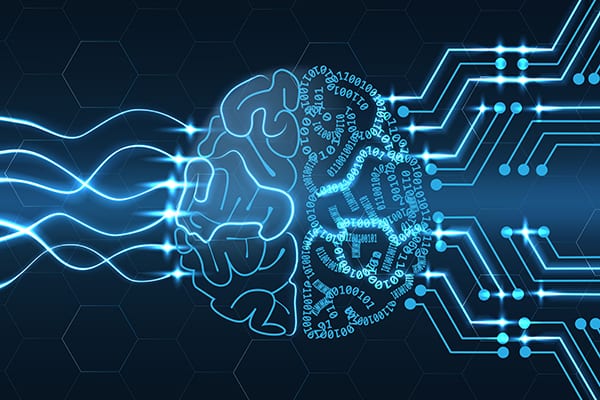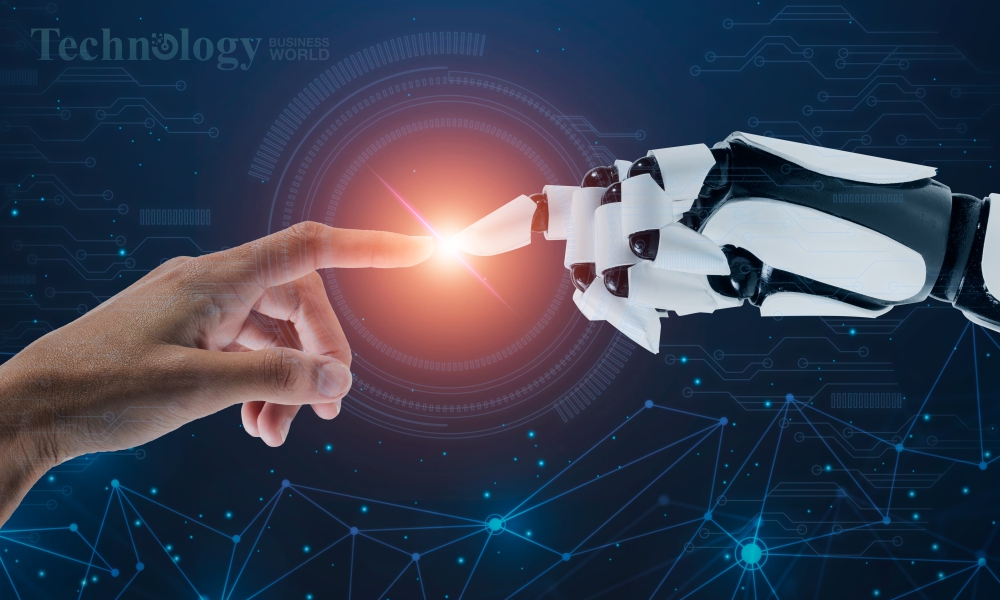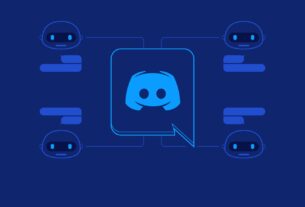Introduction
Artificial Intelligence (AI) has witnessed several breakthroughs over the years, with machine learning and deep learning reshaping how computers perceive, process, and interpret data. Among these advance-ments, Self-Supervised Learning (SSL) is emerging as a revolutionary approach, poised to redefine AI train-ing methodologies. It addresses the limitations of traditional supervised learning while improving the effi-ciency of unsupervised learning. As industries strive for smarter and more autonomous AI systems, self-supervised learning is increasingly being seen as the next frontier in artificial intelligence.
What is Self-Supervised Learning?
Self-supervised learning is an AI training paradigm that eliminates the need for extensive, manually labelled datasets. Unlike traditional supervised learning, where models rely on labelled examples (for example, im-ages with corresponding tags or text with sentiment annotations), SSL enables models to learn from raw, unlabelled data by generating pseudo-labels from the data itself. This makes it particularly useful for han-dling massive datasets where human annotation is impractical or expensive.
In essence, self-supervised learning bridges the gap between supervised and unsupervised learning, offer-ing a more scalable and reliable way to train AI models by leveraging data’s inherent structure to create learning objectives without explicit external supervision. Many professionals enrolling in a Data Scientist Course are now being introduced to SSL as a key aspect of modern AI training methodologies.
Why is Self-Supervised Learning Important?
Several factors make self-supervised learning a groundbreaking development in AI:
- Reduction in Dependency on Labelled Data – One of the biggest chal-lenges in supervised learning is the requirement for extensive labelled datasets. SSL mitigates this by ena-bling models to generate their own training signals, drastically reducing the need for manual annota-tion.
- Scalability – Since SSL can leverage vast amounts of unlabelled data, it is more scalable compared to traditional methods, making it ideal for training large-scale AI systems.
- Improved Generalisation – Models trained using SSL tend to generalise better across different tasks since they learn contextual and abstract representations rather than relying solely on specific labels.
- Data-Efficiency – Self-supervised models can learn efficiently from lim-ited data, making them suitable for domains where labelled examples are scarce, such as medical imaging or rare language processing.
- Advancement in Transfer Learning – SSL has significantly improved trans-fer learning, where models pre-trained on one dataset can be effectively adapted to different but related tasks with minimal additional training. Many aspiring AI professionals recognise the importance of these techniques, making them a key part of any Data Scientist Course curriculum.

How Does Self-Supervised Learning Work?
Self-supervised learning involves pretext tasks and downstream tasks:
- Pretext Tasks: These are automatically generated tasks designed to help the model learn meaningful representations from unlabelled data. Examples include predicting missing words in a sentence (as seen in BERT for NLP) or identifying missing patches in an image (used in computer vision).
- Downstream Tasks: Once trained using SSL, the model can be fused for specific tasks such as classification, segmentation, or recommendation systems.
SSL typically employs contrastive learning and generative modelling techniques to extract useful patterns from data. Some of the most well-known SSL frameworks include SimCorp, MoCo, BYOL (Bootstrap Your Own Latent), and DINO (Self-Distillation with No Labels) in computer vision, and BERT and GPT (Generative Pre-trained Transformer) in natural language processing. These techniques are often covered in depth in an advanced data course, for example, in a Data Scientist Course in Pune, as they form the backbone of mod-ern AI innovations.
Applications of Self-Supervised Learning
Self-supervised learning is transforming multiple AI-driven industries, enhancing efficiency and automation across different domains:
Natural Language Processing (NLP)
SSL has played a pivotal role in the evolution of NLP. Models such as BERT (Bidirectional Encoder Represen-tations from Transformers) and GPT (Generative Pre-trained Transformer) use self-supervised techniques such as masked language modelling and next-sentence prediction to pre-train on massive text corpora. This has significantly improved machine translation, chatbots, and text summarisation.
Computer Vision
Self-supervised learning is making major strides in image and video analysis. Techniques like contrastive learning allow models to learn rich feature representations without requiring labelled datasets. Applica-tions include:
- Medical Imaging: SSL enhances disease diagnosis by training models on large-scale unlabelled MRI or X-ray datasets.
- Autonomous Vehicles: Self-driving cars leverage SSL to improve object detection and lane tracking using unlabelled video footage.
- Facial Recognition & Security: SSL aids in identity verification and fraud de-tection without extensive labelled training data.
Robotics
Robots powered by self-supervised learning can learn tasks by interacting with their environment without explicit supervision. This is beneficial for tasks such as:
- Industrial Automation: Robots learning through trial-and-error reduce reliance on extensive human-guided training.
- Assistive Robotics: AI-powered assistive devices can adapt to user preferences without pre-programmed datasets.
Healthcare & Drug Discovery
Self-supervised learning is accelerating breakthroughs in biomedical research and pharmaceutical devel-opment by enabling models to:
- Analyse vast amounts of patient records and medical images.
- Discover potential drug candidates through unsupervised molecule analysis.
- Improve predictive healthcare models for disease outbreaks.
Recommendation Systems
SSL has been instrumental in enhancing recommendation engines across platforms like Netflix, Spotify, and e-commerce websites. By leveraging user behaviour patterns, AI models can recommend content without needing explicitly labelled preferences. This approach is increasingly incorporated into practical AI imple-mentations, making it an essential topic in any inclusive data course such as a Data Scientist Course in Pu-ne.
Challenges in Self-Supervised Learning
Despite its promising potential, self-supervised learning comes with its own set of challenges:
- Computational Complexity – SSL models require significant computa-tional resources, making them expensive to train.
- Lack of Evaluation Metrics – Unlike supervised learning, where accuracy metrics are well-defined, SSL lacks standardised evaluation criteria.
- Potential for Bias – If trained on biased data, SSL models may reinforce biases, leading to ethical concerns in AI decision-making.
- Difficulty in Generalising Across Domains – While SSL excels in learning representations, ensuring seamless adaptation across various tasks remains a challenge.
The Future of Self-Supervised Learning
Self-supervised learning is rapidly gaining traction and is expected to revolutionise AI in multiple ways. Some of the advanced topics covered in a data course such as a Data Scientist Course in Pune include:
- Next-Generation AI Assistants: AI models will become more autono-mous, understanding context and nuances without requiring massive labelled datasets.
- Improved Multimodal Learning: SSL will enhance AI’s ability to process and integrate text, images, and audio, making AI applications more powerful and human-like.
- Breakthroughs in Scientific Research: Fields such as climate modelling, genomics, and physics can benefit from SSL-powered AI models that analyse complex data patterns.
- Ethical AI & Bias Mitigation: Advances in self-supervised techniques could help create more ethical AI systems, ensuring fairness and transparency in decision-making.
Conclusion
Self-supervised learning is undoubtedly the next frontier in AI, offering a scalable and efficient way to train models without the constraints of manually labelled data. Its potential spans across industries, from natu-ral language processing and healthcare to robotics and autonomous systems. However, challenges such as computational demands and biases must be addressed to unlock its capabilities fully.
As AI continues to evolve, self-supervised learning will play a pivotal role in developing more intelligent, adaptive, and autonomous systems, shaping the future of artificial intelligence in unprecedented ways. Aspiring AI professionals looking to understand and apply these concepts effectively should consider enrol-ling in a Data Scientist Course, where they can gain hands-on experience with SSL techniques and their real-world applications.
Business Name: ExcelR – Data Science, Data Analyst Course Training
Address: 1st Floor, East Court Phoenix Market City, F-02, Clover Park, Viman Nagar, Pune, Maha-rashtra 411014
Phone Number: 096997 53213
Email Id: enquiry@excelr.com




